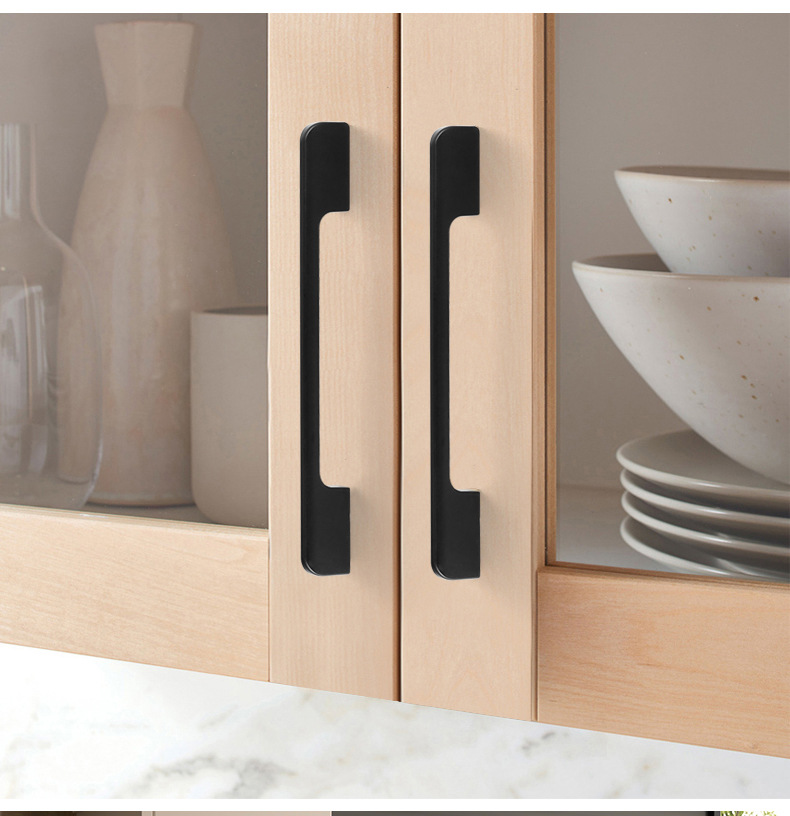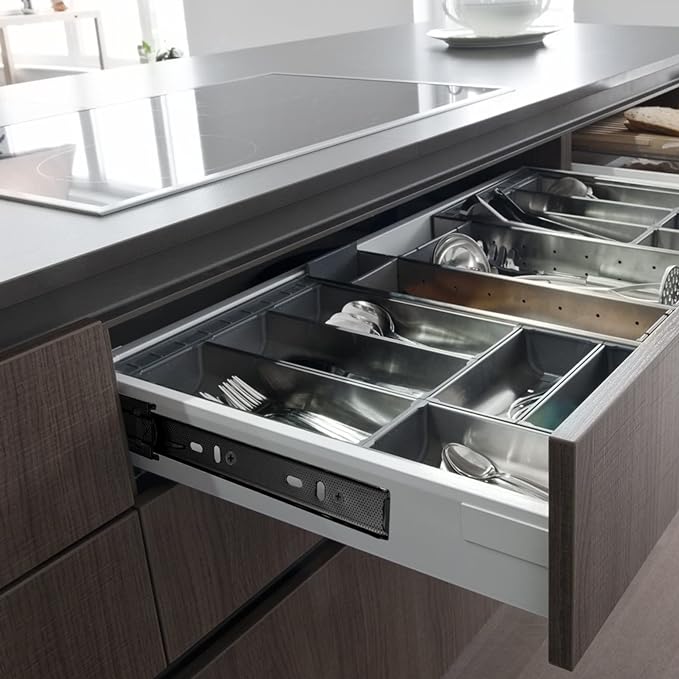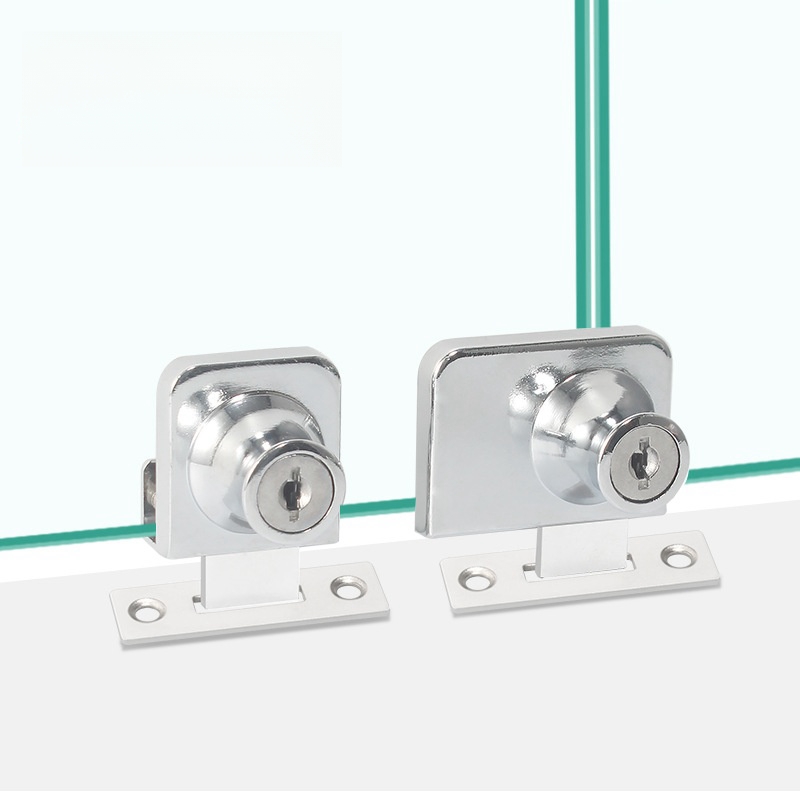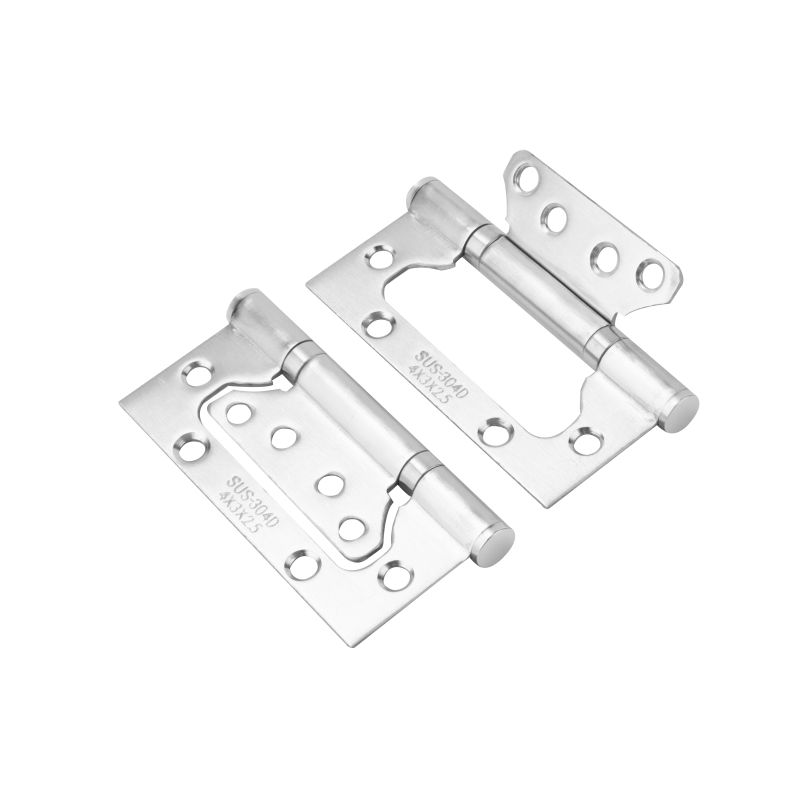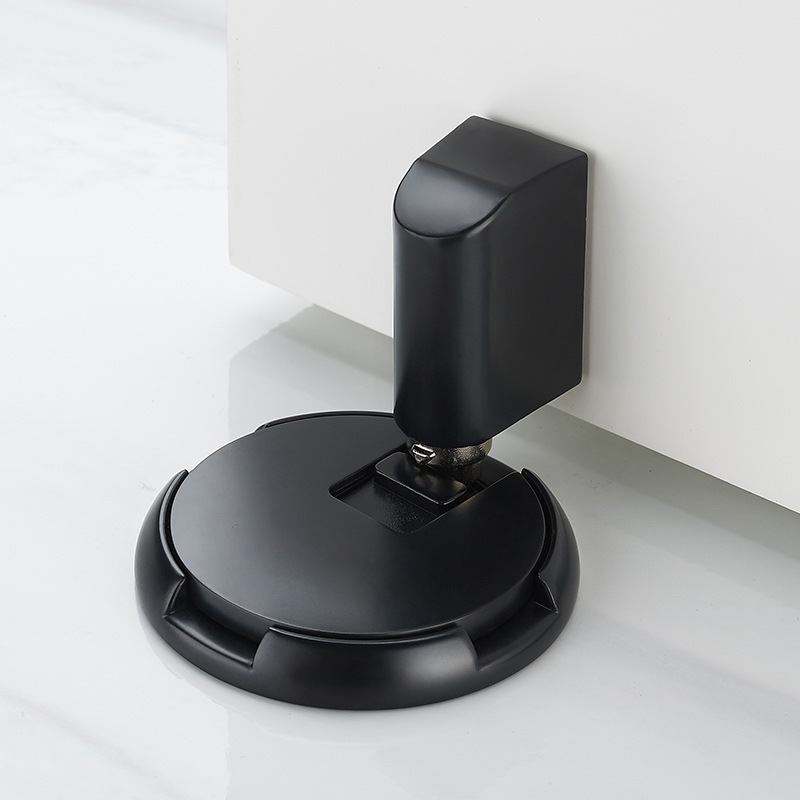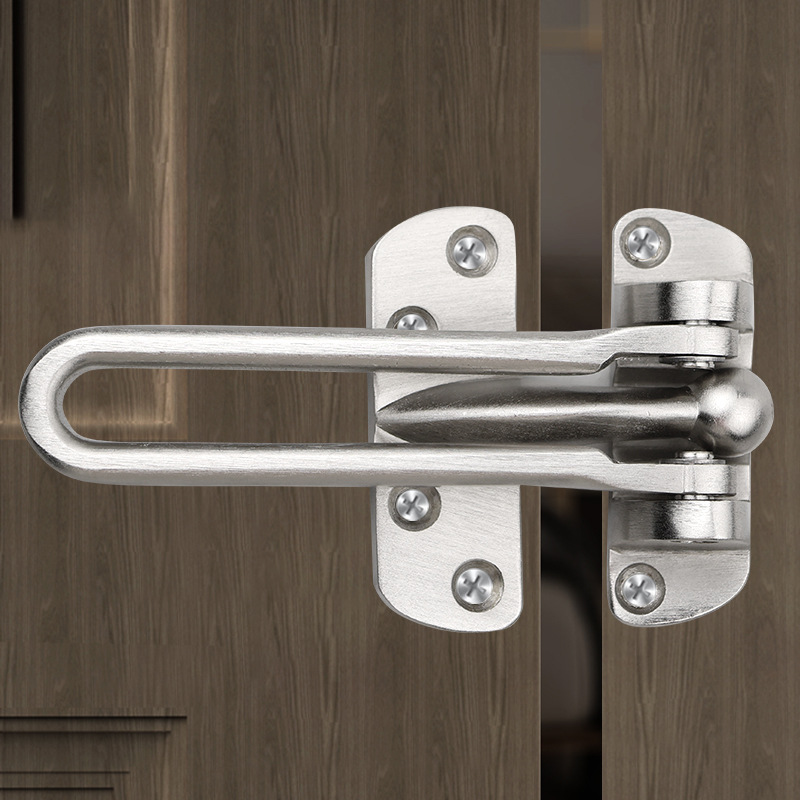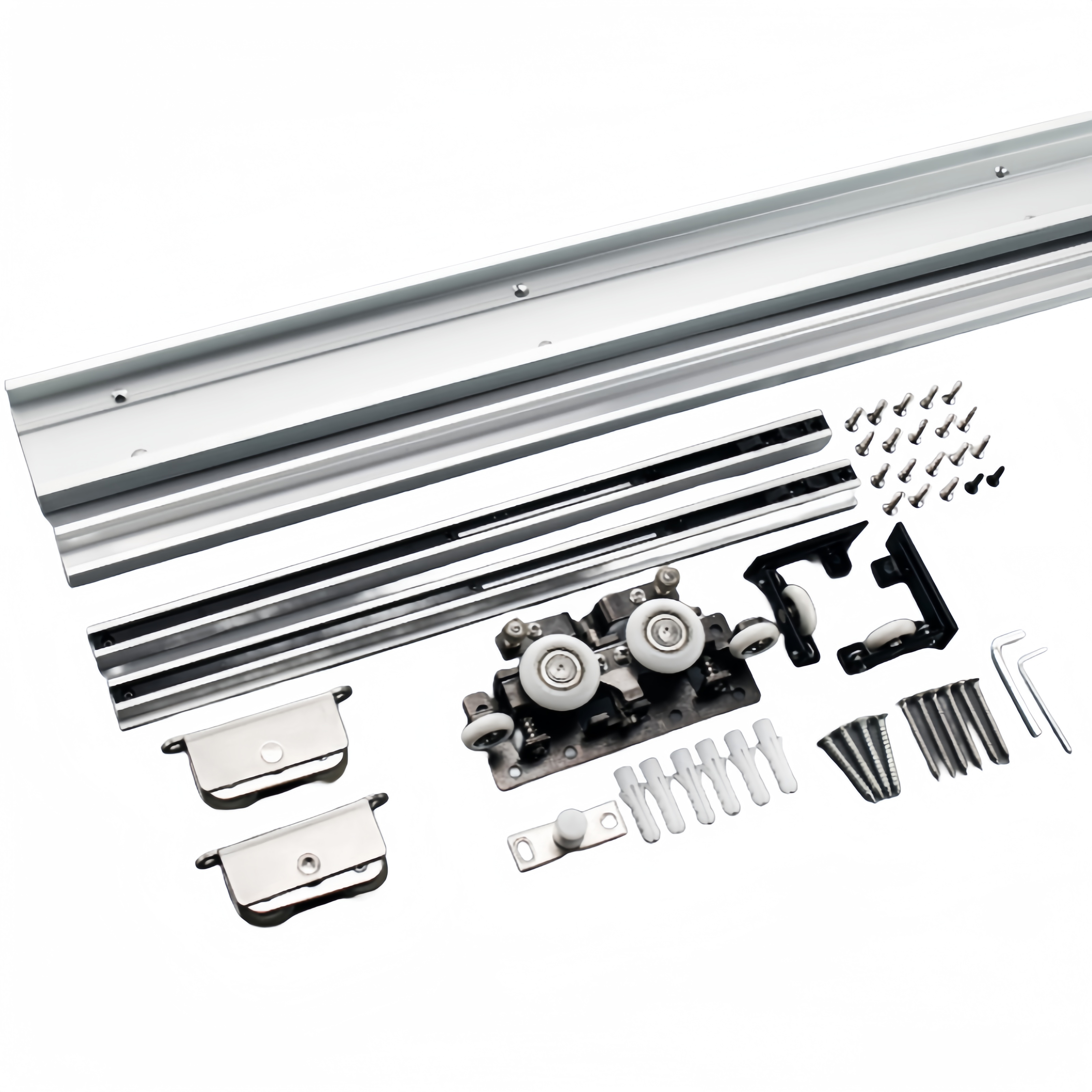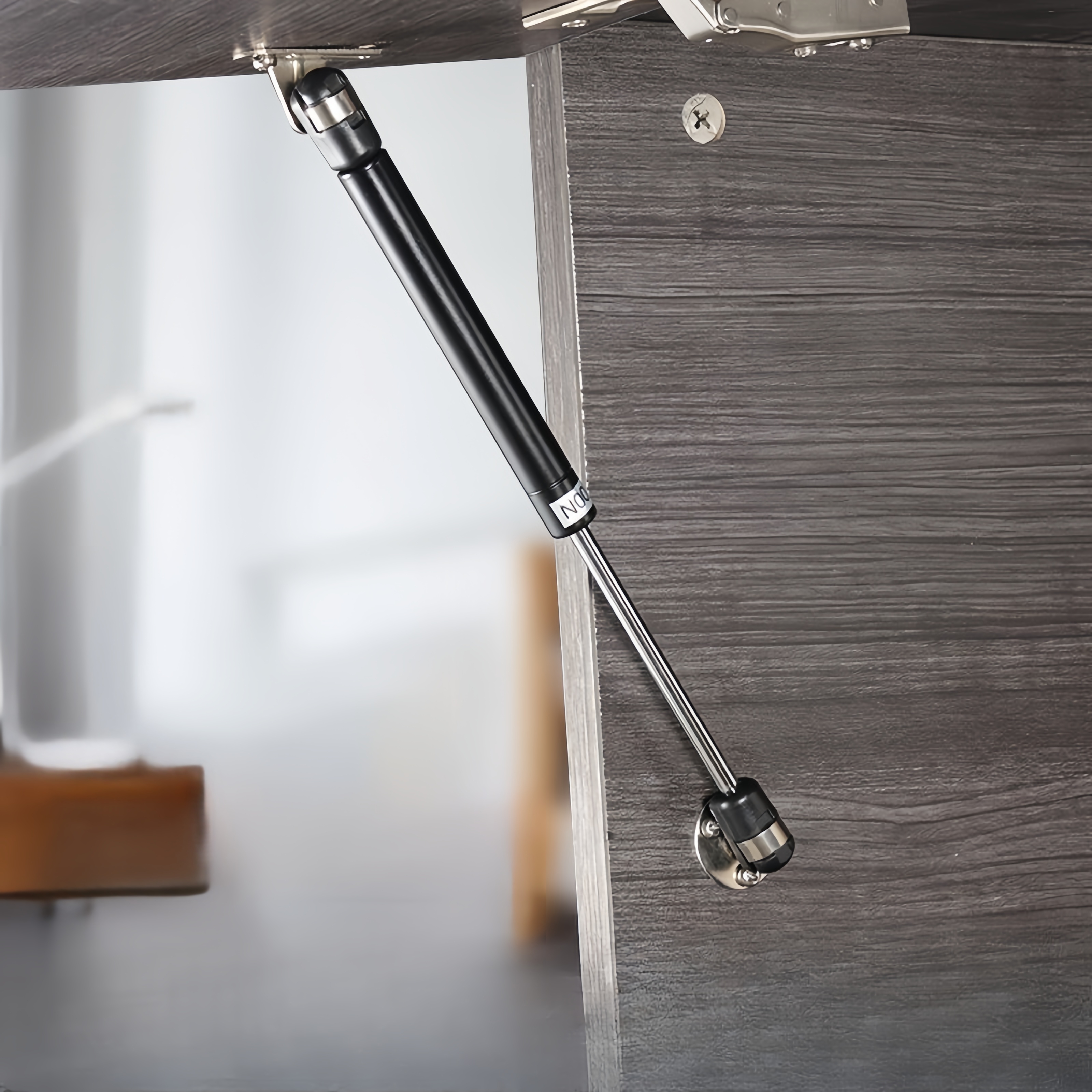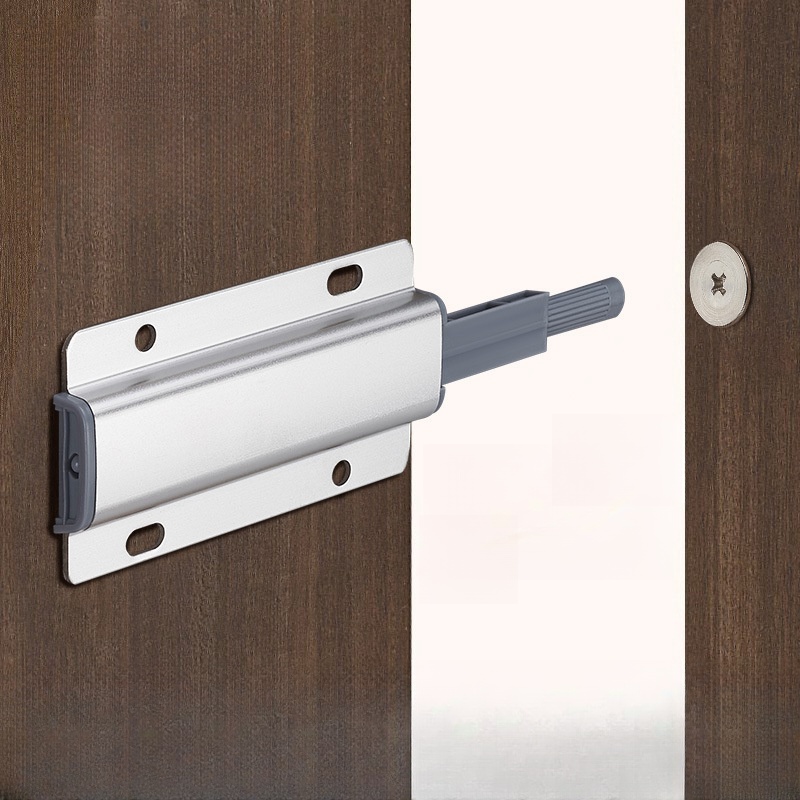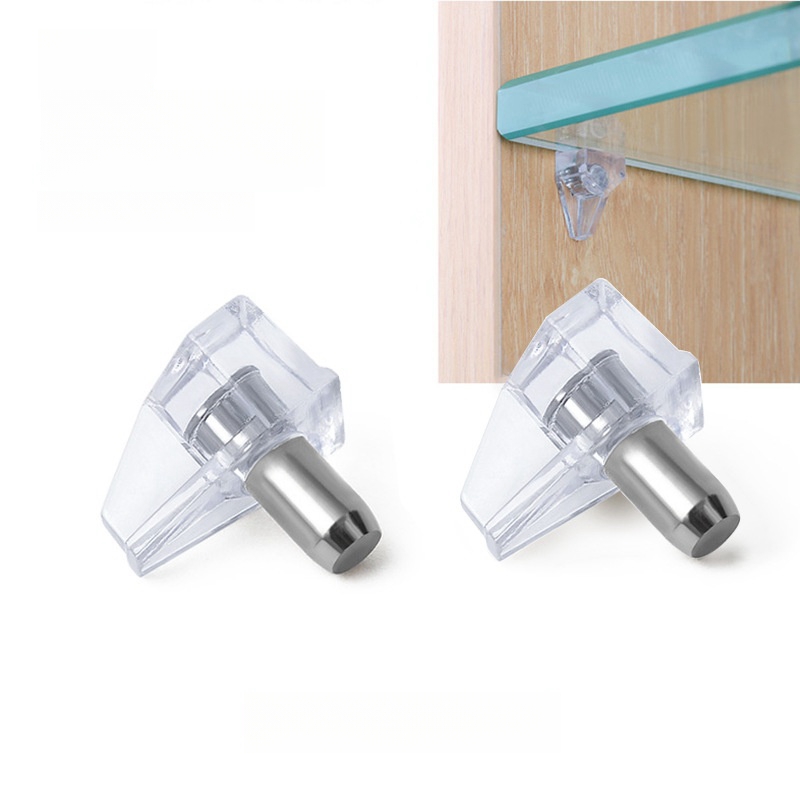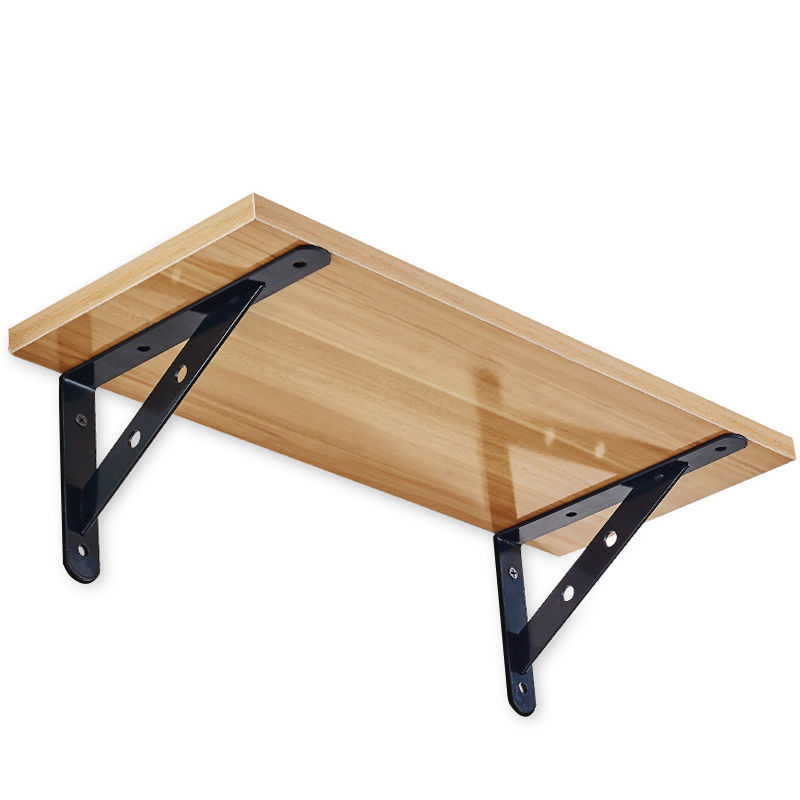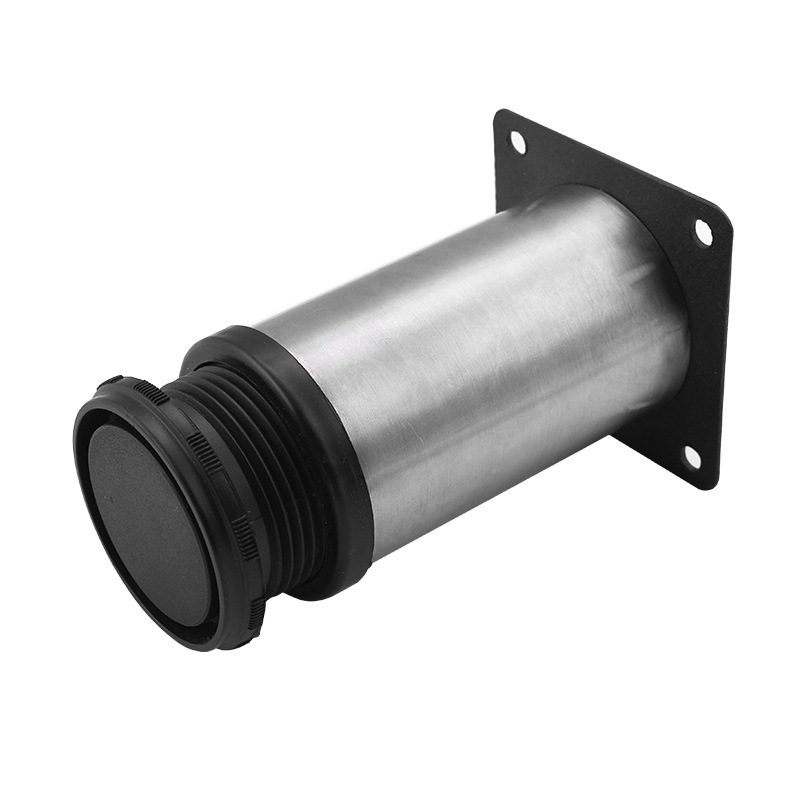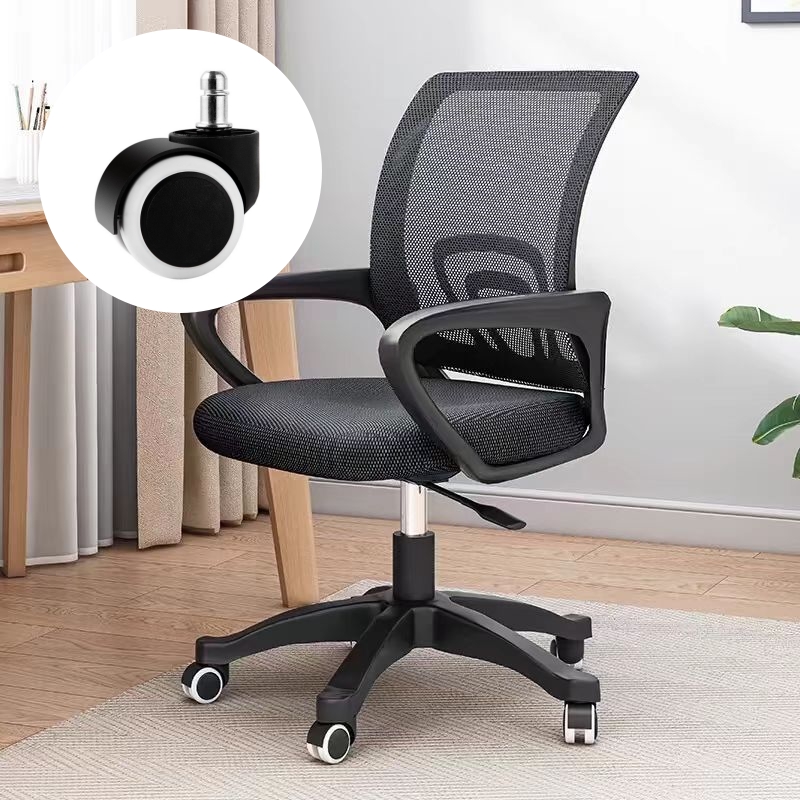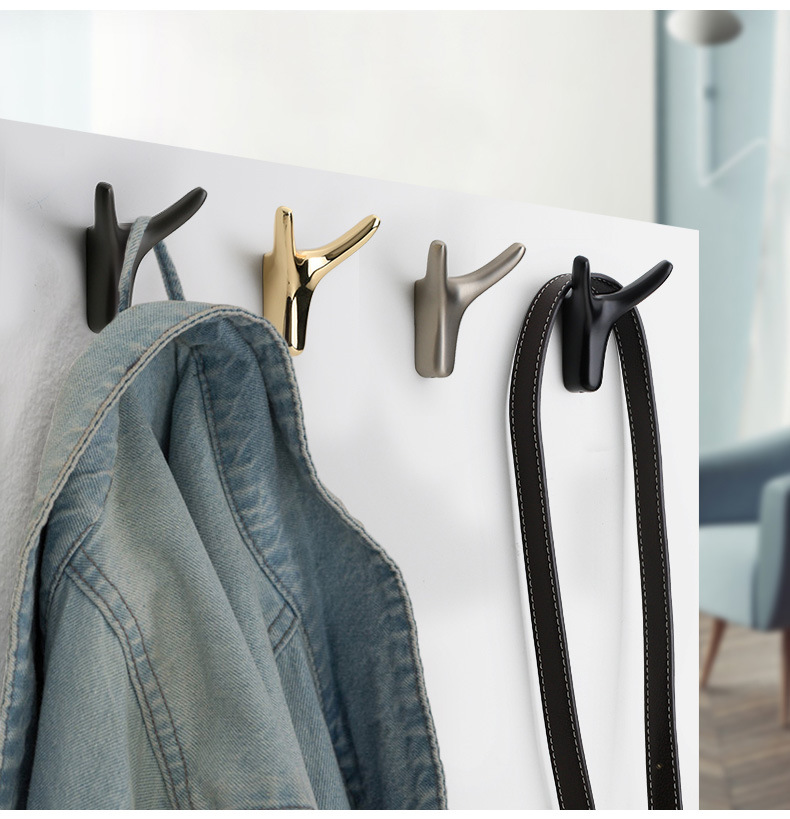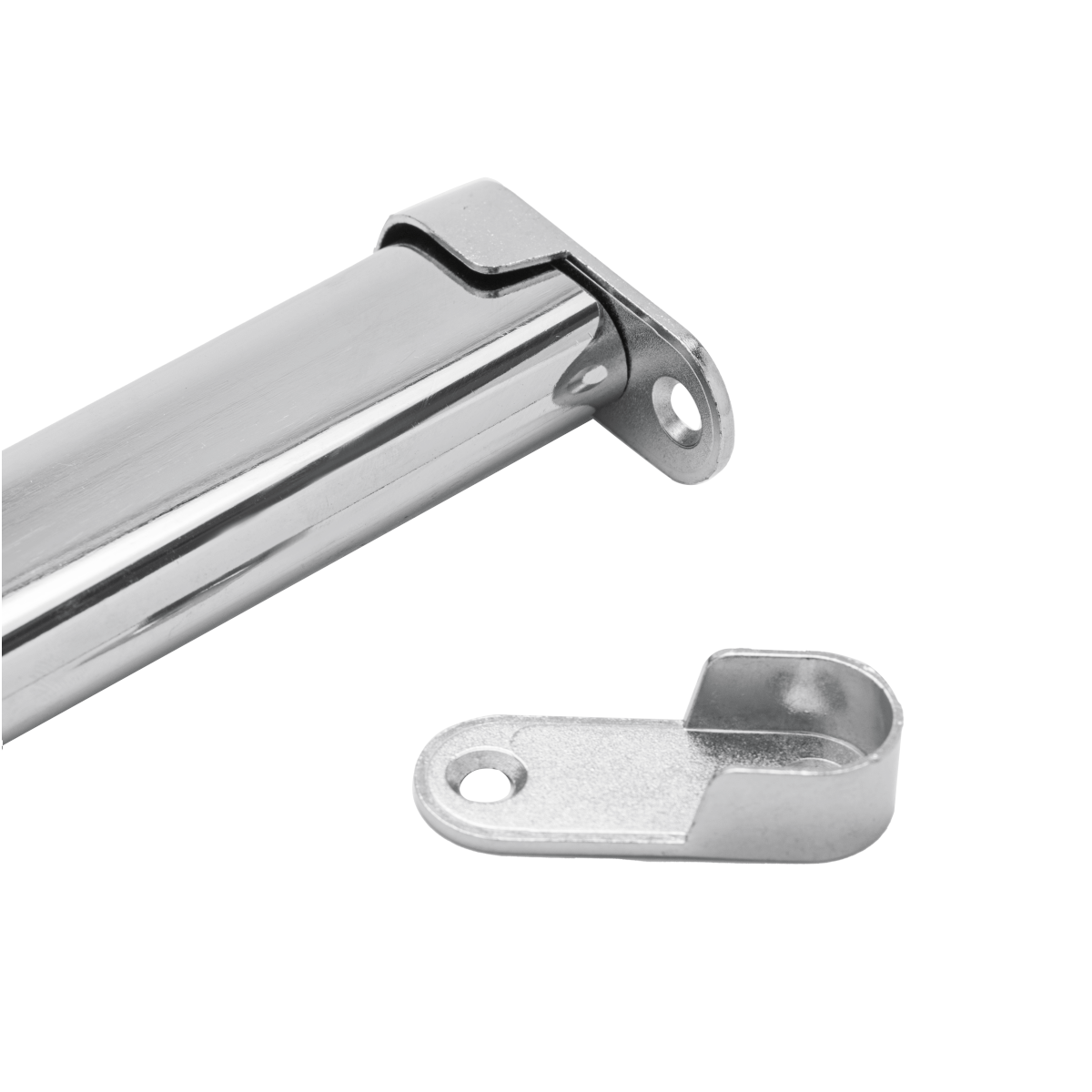
ABOUT
Guangzhou Toplink hardware Co., Ltd specialized in the production and export of furniture hardware fittings, with an experience of more than 14 years.
Our main products are drawer locks, cabinet hinges, sliding rails, cabinet handles, casters, cabinet legs and connecting fittings etc..
With a complete range of products, excellent performance and reasonable prices we have built up business with many customers all over the world.
We are committed to strict quality control and considerate customer service. We sincerely looking forward to becoming your best choice and the most reliable partner!
PRODUCTS
u bolt spring latch
Understanding the Mechanism
At its core, a U-bolt spring latch is a relatively straightforward mechanism. It consists primarily of a U-shaped bolt, a spring, and a receiving component – often a latch plate or a similar type of retaining structure. The U-bolt's curved shape allows it to firmly grip the objects it’s intended to secure. The spring is typically coiled around one leg of the U-bolt, providing the necessary force to keep the bolt in place against the receiving component. This tension ensures the latch remains engaged, preventing accidental opening or dislodgement.
The actuation mechanism is typically simple – often involving a lever, a button, or simply manual manipulation of the U-bolt itself. This allows the user to compress the spring, releasing the tension on the U-bolt and allowing the latch to be disengaged. The simplicity of this mechanism contributes significantly to the low cost and ease of manufacture of these latches.
Variations in design exist, impacting the specific functionality. Some U-bolt latches feature adjustable tension springs, allowing users to fine-tune the clamping force depending on the application and the weight of the object being secured. Others incorporate features such as safety locks or positive locking mechanisms to enhance security and prevent accidental release.
Material Selection and Manufacturing
The materials used in manufacturing U-bolt spring latches vary widely depending on the intended application. Common materials for the U-bolt itself include steel, stainless steel, and various alloys chosen for their strength, durability, and resistance to corrosion. The choice of material often reflects the environmental conditions the latch will be exposed to. For outdoor applications or environments with high humidity, corrosion-resistant materials like stainless steel are preferred.
The spring is usually made of a spring steel alloy, selected for its elasticity and resilience. The spring's properties are critical to the latch's performance, influencing its clamping force and overall reliability. The manufacturing process typically involves forging, casting, or machining, depending on the complexity of the design and the desired level of precision. The manufacturing methods used can significantly impact the cost and quality of the finished product.
Furthermore, surface treatments such as plating, powder coating, or painting are often applied to enhance corrosion resistance, improve aesthetics, or add a specific functional coating, depending on the application requirements. These surface treatments can significantly extend the lifespan of the latch in harsh environments.
Applications Across Industries
The versatility of the U-bolt spring latch lends itself to a surprisingly broad range of applications across diverse industries. In the automotive industry, they are frequently used to secure components under the vehicle chassis or within the engine compartment. They are also commonly found in trailers and other transport equipment, securing cargo doors and ramps.
Industrial applications are abundant, with U-bolt spring latches playing a vital role in securing machinery components, controlling access panels, and clamping various parts together during manufacturing processes. Their robustness and reliability make them ideal for heavy-duty applications, where failure could result in significant consequences.
The construction industry also relies heavily on U-bolt spring latches for securing scaffolding, temporary structures, and various other components. Their ease of use and relative low cost contribute to their widespread adoption in construction sites, where speed and efficiency are crucial.
Advantages and Limitations
The advantages of U-bolt spring latches are numerous. Their simple design leads to low manufacturing costs and ease of assembly, making them a cost-effective solution compared to more complex fastening mechanisms. Their robust construction ensures durability and reliability, even under harsh conditions. The relative ease of use simplifies installation and maintenance, reducing downtime and labor costs.
However, like any fastening system, U-bolt spring latches have limitations. Their clamping force is typically limited by the spring's strength and the design of the U-bolt itself, potentially making them unsuitable for applications requiring extremely high clamping pressures. Also, repeated use, especially under harsh conditions, may eventually lead to spring fatigue or wear and tear, potentially compromising the latch's reliability over time.
The design also inherently limits the range of applications, as the U-bolt's shape requires specific features on the receiving component. This limitation restricts the flexibility of the latch in comparison to more adaptable fastening systems.
Future Developments and Innovations
While the fundamental design of the U-bolt spring latch remains largely unchanged, ongoing advancements in materials science and manufacturing technologies are constantly refining its performance and capabilities. The development of stronger, lighter, and more corrosion-resistant materials allows for the creation of more durable and long-lasting latches suitable for increasingly demanding applications.
Furthermore, innovations in spring technology, such as the use of advanced spring alloys and improved manufacturing techniques, are enhancing the reliability and lifespan of these components. The incorporation of smart features, such as integrated sensors for monitoring latch status, is also a potential area of future development, paving the way for more intelligent and self-monitoring fastening systems.
In conclusion, the U-bolt spring latch, despite its seemingly simple design, represents a crucial component in a wide array of applications. Its reliability, cost-effectiveness, and versatility have cemented its position as a vital fastening solution across various industries, promising continued relevance and evolution in the years to come.
SUBSCRIBE
INQUIRY
